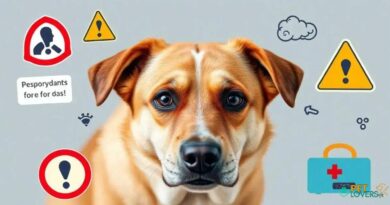What is Normal behavior
What is Normal Behavior in Dogs?
Understanding what constitutes normal behavior in dogs is essential for any dog owner or enthusiast. Normal behavior can vary significantly between different breeds, ages, and individual dogs. Generally, normal behavior includes activities such as playing, exploring, and interacting with humans and other animals. Observing these behaviors helps owners identify what is typical for their pets and when something might be amiss.
Playfulness as a Sign of Normal Behavior
Playfulness is a hallmark of normal behavior in dogs. Dogs often engage in play to express their energy and socialize with others. This can include chasing balls, tugging on toys, or engaging in mock fights with other dogs. Play is not only a fun activity but also a critical part of a dog’s development, helping them learn social skills and boundaries.
Social Interactions and Normal Behavior
Social interactions are another vital aspect of normal dog behavior. Dogs are pack animals and thrive on companionship. Normal behavior includes seeking attention from their owners, playing with other dogs, and even showing affection through licking or cuddling. Understanding these social cues can enhance the bond between a dog and its owner, leading to a happier and healthier pet.
Exploration and Curiosity in Dogs
Exploration is a natural behavior for dogs, driven by their curiosity. Dogs often sniff around their environment, investigate new smells, and explore their surroundings. This behavior is crucial for their mental stimulation and overall well-being. Owners should encourage safe exploration, allowing their dogs to experience new sights and sounds while ensuring they remain secure.
Vocalizations and Their Role in Normal Behavior
Vocalizations, such as barking, whining, or growling, are integral to a dog’s communication. While excessive barking can indicate stress or anxiety, normal vocalizations serve various purposes, including alerting owners to potential dangers or expressing excitement. Understanding the context of these sounds can help owners respond appropriately to their dog’s needs.
Body Language: Understanding Normal Behavior
Body language is a critical component of normal dog behavior. Dogs communicate their feelings and intentions through their posture, tail position, and facial expressions. For example, a wagging tail often indicates happiness, while a lowered body may suggest submission or fear. Learning to read these signals can help owners better understand their dogs and respond to their emotional states.
Routine and Its Importance in Normal Behavior
Establishing a routine is essential for a dog’s sense of security and normal behavior. Dogs thrive on predictability, and a consistent schedule for feeding, walks, and playtime can reduce anxiety and promote good behavior. Deviations from their routine may lead to stress or behavioral issues, making it crucial for owners to maintain a stable environment.
Signs of Stress and Abnormal Behavior
While understanding normal behavior is vital, recognizing signs of stress or abnormal behavior is equally important. Changes in eating habits, excessive barking, or withdrawal from social interactions can indicate that a dog is experiencing anxiety or discomfort. Being aware of these signs allows owners to take appropriate action, whether through training, environmental changes, or consulting a veterinarian.
Age-Related Changes in Normal Behavior
As dogs age, their behavior may change, and understanding these shifts is crucial for owners. Puppies are often more energetic and playful, while older dogs may become more sedentary and require less stimulation. Recognizing these age-related changes helps owners adjust their expectations and care routines to meet their dog’s evolving needs.
Conclusion: Embracing Normal Behavior in Dogs
Recognizing and understanding normal behavior in dogs is essential for fostering a healthy and happy relationship between pets and their owners. By observing playfulness, social interactions, exploration, vocalizations, body language, and routine, owners can ensure their dogs thrive. Staying vigilant for signs of stress and adapting to age-related changes further enhances the bond between humans and their canine companions.




